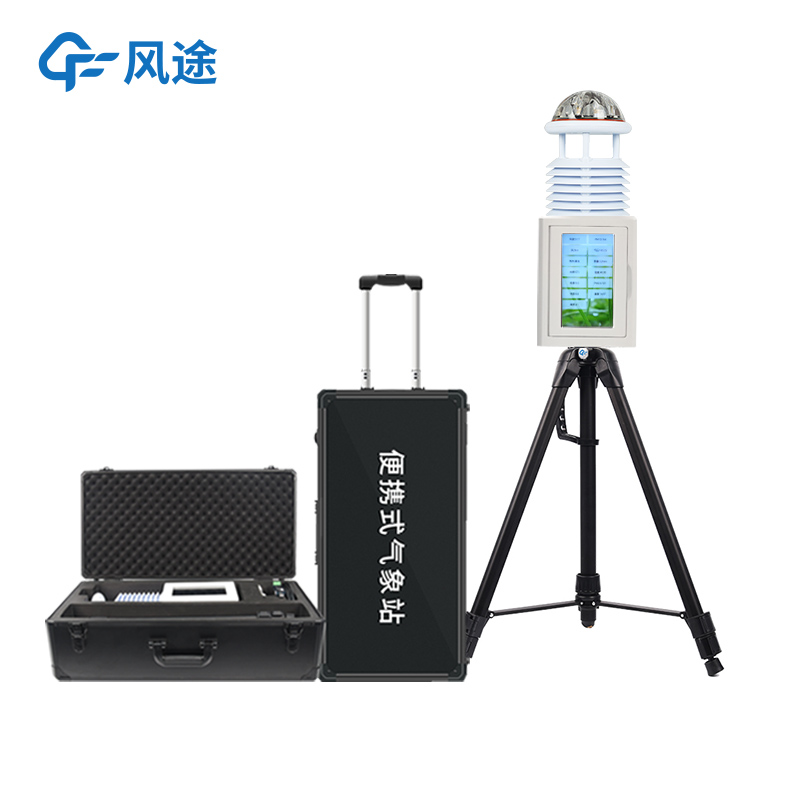Meteorological environment monitoring equipment supplier
Insist on doing high-precision customer favorite technology products
A Mobile Weather Station is a highly integrated portable meteorological observation system whose core value lies in breaking through geographical limitations to achieve rapid and flexible collection of meteorological data. Unlike traditional weather stations established at fixed locations for long-term continuous observation, the distinguishing feature of a Mobile Weather Station is its high mobility and rapid deployment capability, enabling it to directly transport a standardized observation environment to any location requiring temporary or emergency meteorological monitoring.
This capability makes Mobile Weather Stations indispensable tools in various specific scenarios. In emergency response to major severe weather events such as typhoons, tornadoes, or local flash floods, Mobile Weather Stations can be deployed to disaster core areas to obtain and transmit first-hand data on key meteorological elements such as surface wind speed, atmospheric pressure, temperature, and precipitation in real-time. This data provides crucial support for accurate forecasting, disaster assessment, and command decision-making. In meteorological support for aerospace launches and major social events (such as the Olympic Games and city celebrations), Mobile Weather Stations can quickly establish a dense, targeted observation network to achieve refined monitoring of microclimates in core areas, ensuring event safety. They are also widely used in scientific expeditions, military applications, and urban environmental monitoring.
The rapid deployment capability of Mobile Weather Stations relies on their highly integrated system design. The system integrates sensors, data loggers, communication modules, and power supply units (usually combining solar panels with storage batteries) into a rugged, portable cabinet or dedicated transportation vehicle. Modern Mobile Weather Stations typically feature intelligent initial setup functions, enabling rapid startup and automatic calibration, significantly reducing the technical difficulty and time cost of deployment. In terms of communication, they comprehensively utilize 4G mobile network technology to ensure reliable transmission of observation data to the rear command center even under harsh conditions where conventional communication infrastructure is damaged.
